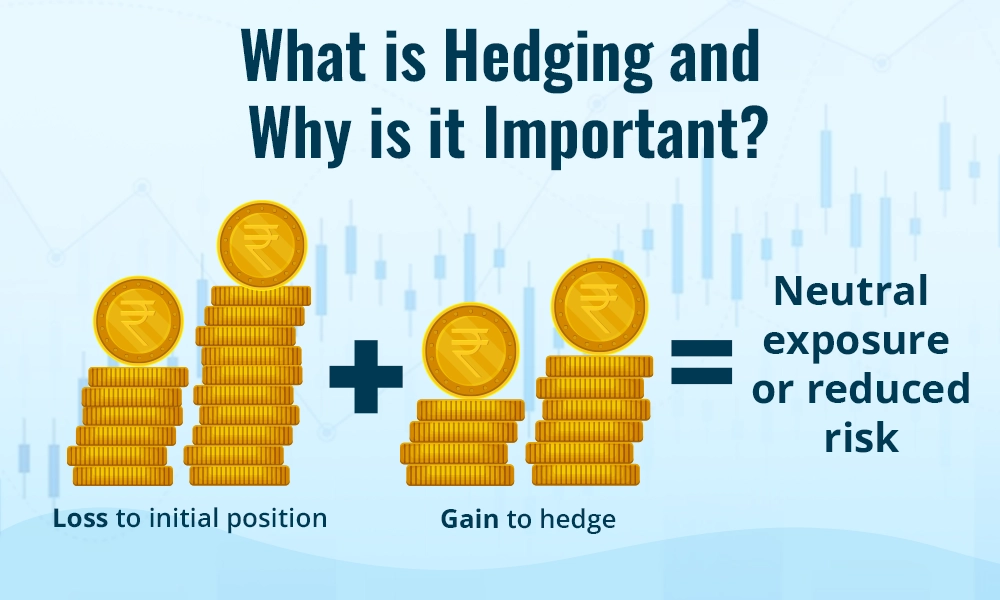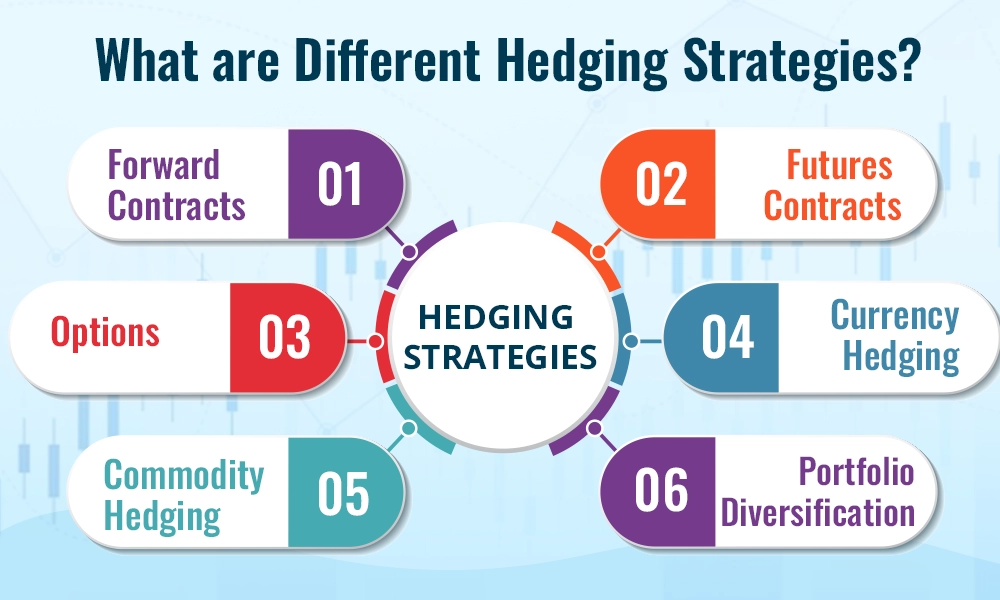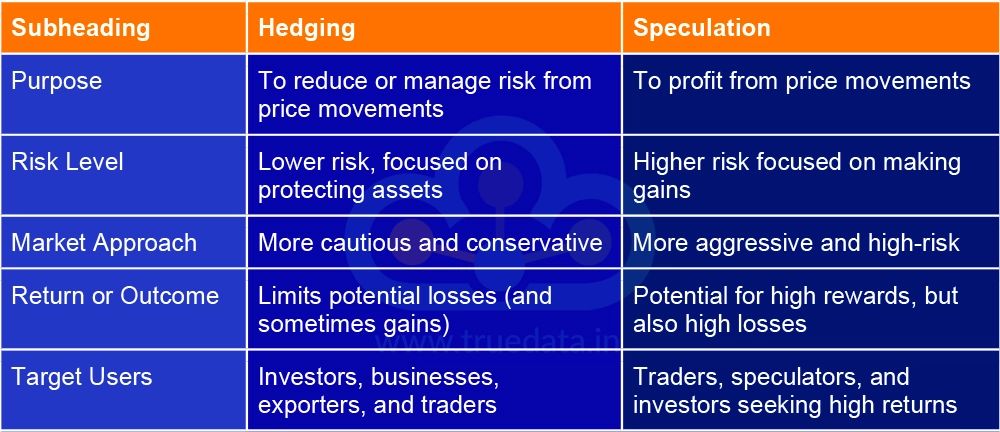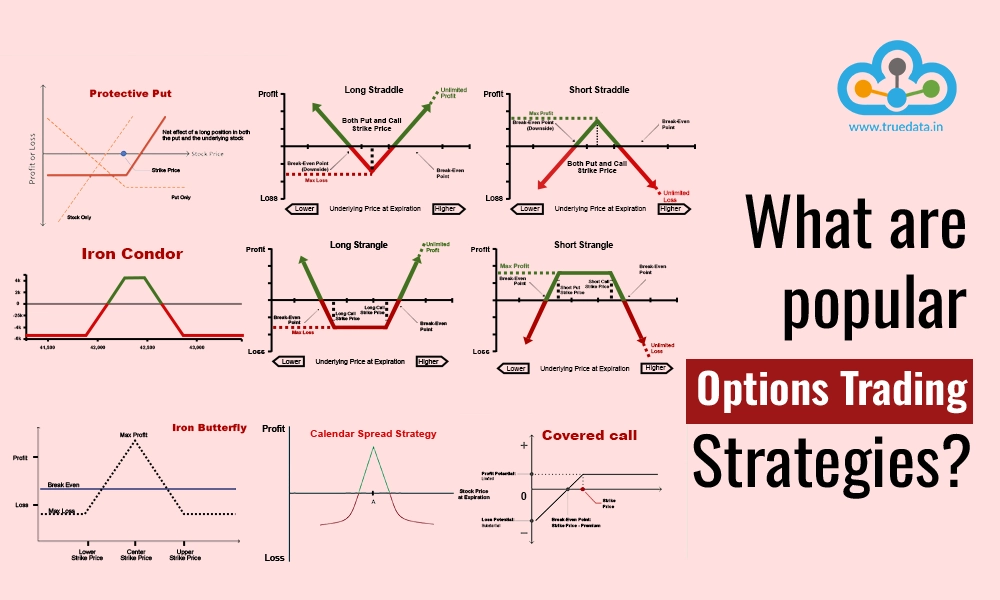
The first rule of trading or investing in stock markets is always to have downside protection and cover your bases. This principle is crucial for capital preservation and safeguarding the portfolio from inherent market volatility. This is where the term hedging comes into the picture. Dive into this blog to learn the meaning of hedging, how it works and other related details for enhanced risk management and stable portfolio.

Hedging is a critical risk management strategy that allows investors and traders to protect their portfolios from potential adverse price movements. In the Indian market, hedging is commonly used to mitigate risks associated with fluctuations in stock prices, currency exchange rates, or commodity prices. For example, an investor holding a large position in a particular stock might purchase a put option on that stock to guard against a potential decline in its price. Similarly, businesses engaged in international trade might hedge against currency risk by entering into forward contracts to lock in exchange rates. By taking offsetting positions in related financial instruments, hedging helps investors reduce the impact of market volatility, thereby providing more stability to their portfolios.
Hedging is particularly important in the Indian financial landscape, where market volatility can be influenced by various factors such as economic policies, global events, and geopolitical tensions. Hedging is a vital tool for traders, especially those dealing in derivatives or commodities, to manage exposure to price swings and safeguard profits. In a market like India, where investor sentiment can shift rapidly, hedging strategies enable market participants to limit their downside risk while still participating in potential upside opportunities. This balance between risk and reward is essential for long-term investment success, making hedging a fundamental component of prudent financial management.

Hedging is a technique to spread the portfolio risk effectively and ensure the overall profitability of the portfolio. Here are a few strategies or ways for hedging the risk.
A forward contract is an agreement between two parties to buy or sell an asset at a specified price on a future date. Businesses often use this strategy to hedge against currency fluctuations. For example, suppose a company expects to receive payments in foreign currency in the future. In that case, it can lock in the current exchange rate using a forward contract, protecting itself from potential currency depreciation.
Futures contracts are standardised agreements to buy or sell an asset at a predetermined price on a specific future date. Traders and investors use futures to hedge against price changes in stocks, commodities, or indices. For instance, if an investor fears a drop in a stock index, they might sell futures contracts to offset potential losses in their portfolio.
Options give the buyer the right, but not the obligation, to buy or sell an asset at a specific price within a certain period. There are two main types of options, namely, call options and put options. Investors use put options to protect against a decline in stock prices. If the stock price falls, the value of the put option increases, offsetting the losses in the underlying stock.
Currency hedging involves using financial instruments like forward contracts, futures, or options to protect against fluctuations in exchange rates. This is particularly important for Indian companies and investors involved in international trade or those holding assets in foreign currencies. Currency hedging helps stabilise returns and reduces the risk of losses due to unfavourable exchange rate movements.
Commodity hedging is used by businesses and traders dealing with physical commodities like gold, oil, or agricultural products. Farmers, manufacturers, and traders use futures and options on commodities to lock in prices and protect against price volatility. For example, a farmer might hedge against a drop in crop prices by selling futures contracts, ensuring a more predictable income.
Diversification is a passive hedging strategy where investors spread their investments across different asset classes (like stocks, bonds, and real estate) to reduce risk. Diversification is an easy way to protect against losses in any single investment by ensuring that a downturn in one asset class can be offset by stability or gains in another.
Hedging is part of effective portfolio management and can be enhanced by understanding its benefits and risks. Here is a brief list of the same.

Risk Reduction - Hedging helps reduce the risk of significant losses by providing a safeguard against adverse price movements in investments.
Portfolio Protection - It allows investors and traders to protect their portfolio value, especially in volatile markets.
Predictable Costs - By locking in prices or rates, hedging provides more predictable costs, which is especially useful for businesses and exporters dealing with fluctuating currencies or commodities.
Flexibility - Hedging strategies can be tailored to meet specific needs, whether protecting against currency fluctuations, interest rate changes, or stock market volatility.
Enhanced Confidence - With a hedging strategy in place, investors and traders can make more confident investment decisions, knowing they have some level of protection against unexpected market shifts.

Cost - Hedging often involves upfront costs, such as premiums for options or fees for futures contracts, which can reduce overall profits.
Limited Gains - While hedging reduces potential losses, it can also limit potential gains. For example, selling a covered call might cap the profit you can make from a stock.
Complexity - Understanding and implementing hedging strategies can be complex, requiring knowledge of financial instruments and market conditions.
Counterparty Risk - In some hedging contracts, there's a risk that the other party may default on their obligations, especially in over-the-counter (OTC) derivatives.
Market Conditions - The effectiveness of a hedge depends on market conditions. If the market moves in an unexpected direction, the hedge may not work as intended, potentially leading to losses.
Hedging and speculation are two important concepts of trading and enhancing portfolio profitability. The core differences between the two are tabled below.

Hedging is a fundamental concept of trading and investing and acts as a cushion against market downturns. It provides a safeguard that enhances confidence and stability in investment decisions thereby curating a robust investment or trading portfolio in the long run. Although hedging is a vital tool for traders, it comes at a cost which cannot be ignored. Hence, it is important to understand this concept in detail to navigate it effectively.
This topic talks about the basics of hedging and is an attempt to enhance market knowledge. Let us know if you have any queries on this topic or need information on specific hedging strategies and we will address them.
Till then Happy Reading!
Read More: What are Popular Trading Strategies?

When we talk about trading, which security is the most common one that comes to ...

When we talk about trading in stock markets, there are multiple segments that tr...

Introduction The number of stock traders in our country has seen an unprecedent...